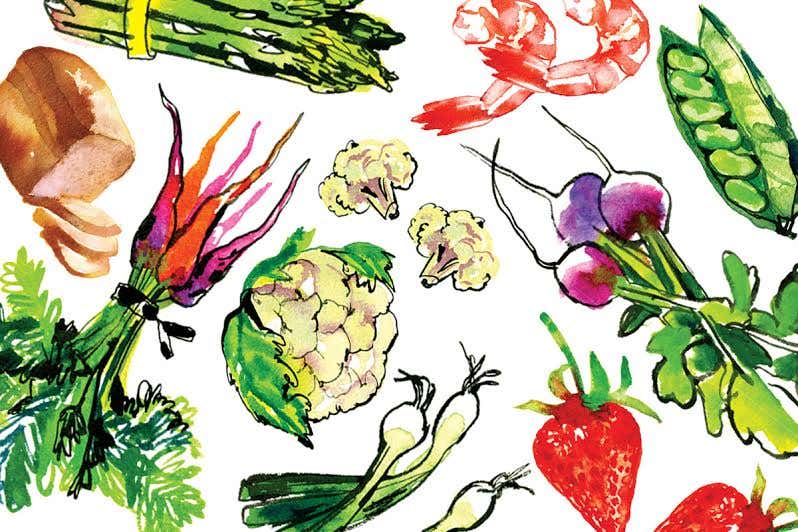
Texas Pecans
At Oliver Pecan Company in San Saba, where bins of different varieties tempt customers, Shawn Oliver is amazed at how little most people know about choosing pecans. "People think size matters," he says. "They'll come in here and get the biggest pecans, when I wouldn't feed those to our cows. Now, when they request Sioux, I know they know their pecans." Certain varieties mature as early as September, although pecans are generally harvested from October through February.
**CHEYENNE **Along with the Sioux, this plump, medium-size nut is one of the best eating pecans. It was developed in Brownwood, Texas, by the USDA and introduced in 1970. Its kernels are crinkled, with a toasty flavor and faint astringency. ****
**MAHAN **A big, torpedo-shaped Mississippi-bred cultivar with a slightly bitter aftertaste. It's the least flavorful of the pecans I've tried. In Texas, some folks feed Mahans to the squirrels.
**NATIVE **No cultivated pecan is as small, or has as much concentrated flavor and richness; but for practical purposes, the "improved" or "paper shell" varieties are easier to crack and contain a higher percentage of meat.
**PODSEDNIK **At the other end of the scale is this gargantuan nut, which Texas horticulturist George Ray McEachern calls "a big ol' buffoon". It can be as long as three inches, with a circumference of four inches. Its glossy, deeply ridged kernels are drier and its flavor more diluted than that of its smaller kin.
**SIOUX **One of the smallest paper shells, the Sioux was developed in Brownwood by the USDA and introduced in 1962. Its kernels have a pale golden color and a delicate, buttery, sweet taste.
**WESTERN **The most widely cultivated variety in the world is Edmond E. Risien's Western—a dark, rough-hulled pecan descended from the Mother Tree in San Saba. Although it's not as rich or as crisp as a Sioux or a Cheyenne, it's still a delicious pecan.
Keep Reading
Continue to Next Story










